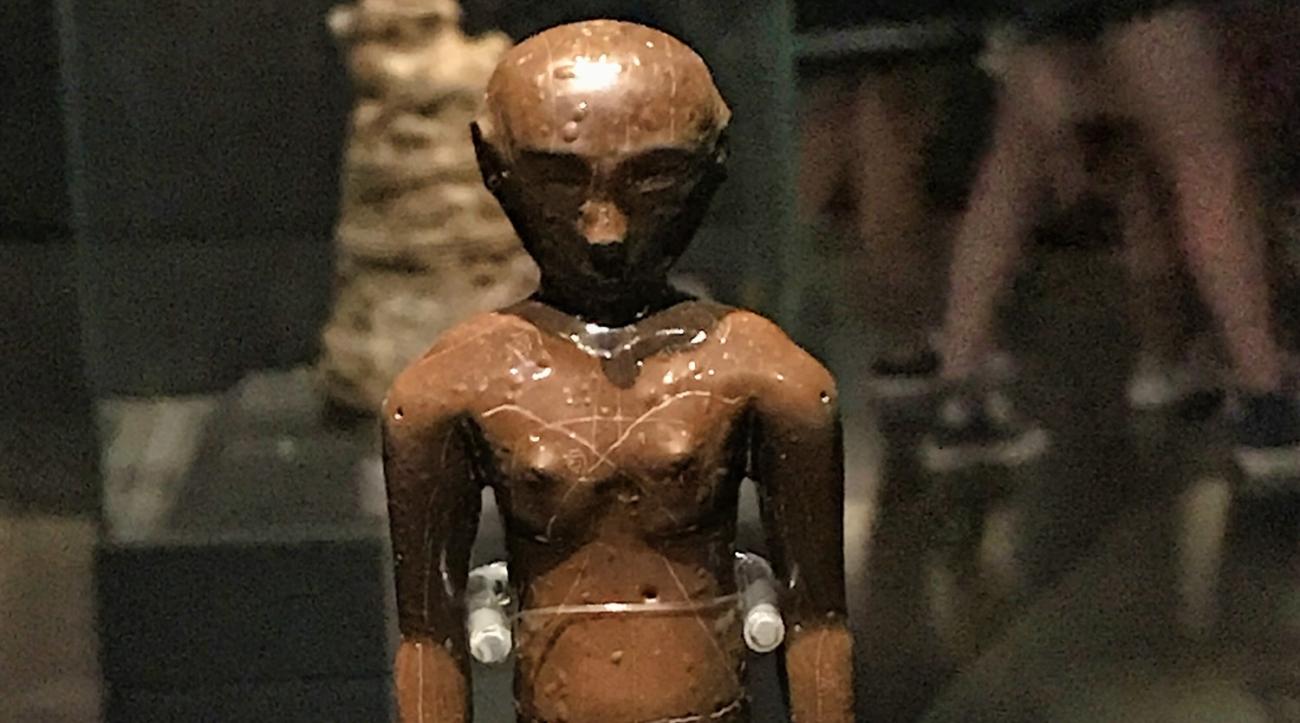Medicine and Healing
Constance Cook offers a new perspective on excavated texts and the development of healing strategies
Scholars who study Chinese medicine frequently rely on canons dating back to China’s medieval period, a time spanning from the third through the 14th centuries. A new perspective is offered in the latest book by scholar Constance Cook. She argues that recently discovered manuscripts show multiple lines of transmission for medical knowledge and that the canons, the product of multiple editors over time, reflect just one strand in the evolution of Chinese medicine.
In her book, Medicine and Healing in Ancient East Asia: A View from Excavated Texts, Cook examines the development of healing strategies in ancient texts, the earliest of which were written on bone. Later texts were inscribed on bamboo, silk and paper. Prior to the medieval period, these texts were not collated into canons.
“What I’m showing is we have all these texts that came out of the ground that are actually written at the time period, and they show a different story,” says Cook, professor and chair of the department of modern languages and literatures. “I’m comparing the two different stories, the transmitted story with the untransmitted story, and I’m emphasizing the untransmitted story, which has never been done before. I'm showing where they converge and where they don’t converge.”
Two general approaches to healing include the ancient magical medicine and the later cosmic medicine. The former linked illness to demonic influences and the latter to different modes of Qi, the life force that animates the universe as well as the human body. The study of manuscripts shows the popular conception that the later approach replaced the earlier one is false. The practices existed at different levels of society, evolving and informing each other over the eons up to the present time.
The most significant changes began in the imperial era, with the rise of the Qin dynasty in the third century BCE. Then, we see the rise of recipe texts addressing named illnesses. Evidence of cosmic medicine and a simple inner-body meridian system appears in 168 BCE silk manuscripts from a middle Yangtze River Valley tomb. These theoretical texts were mixed in with recipe texts, which qualify as magical medicine from the modern standpoint. A stunning find of texts recently in Chengdu Basin in western China shows the continued mix of approaches but also the beginning of titled manuscripts and collections. The fact that an inscribed lacquered figurine with a simple meridian system was included in the same coffin as the texts suggests an integrated system of verbal and textual transmission for medical knowledge.

